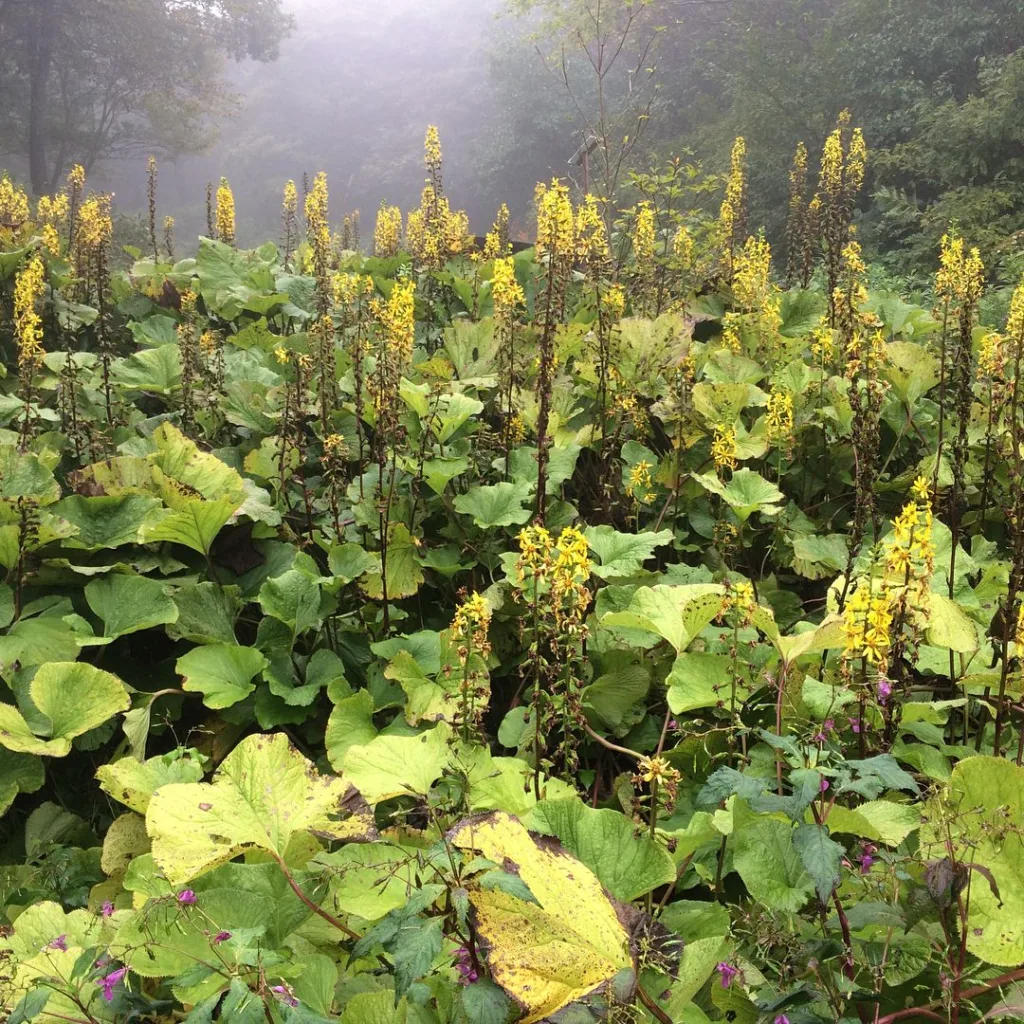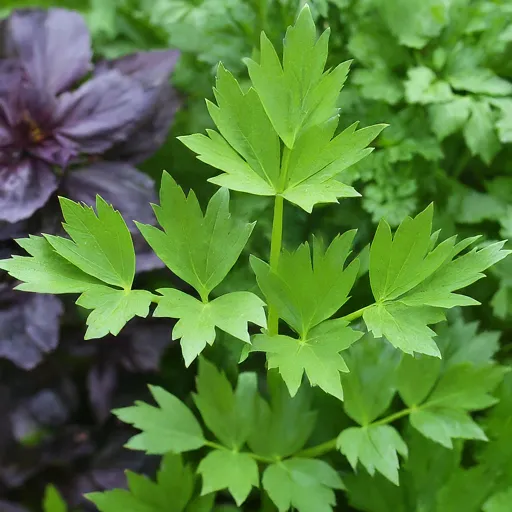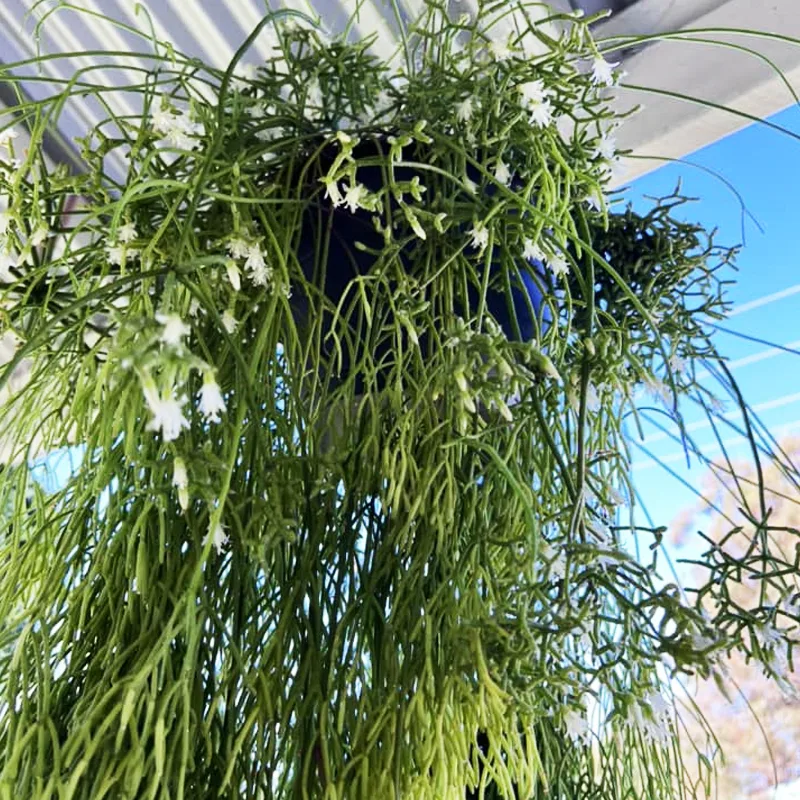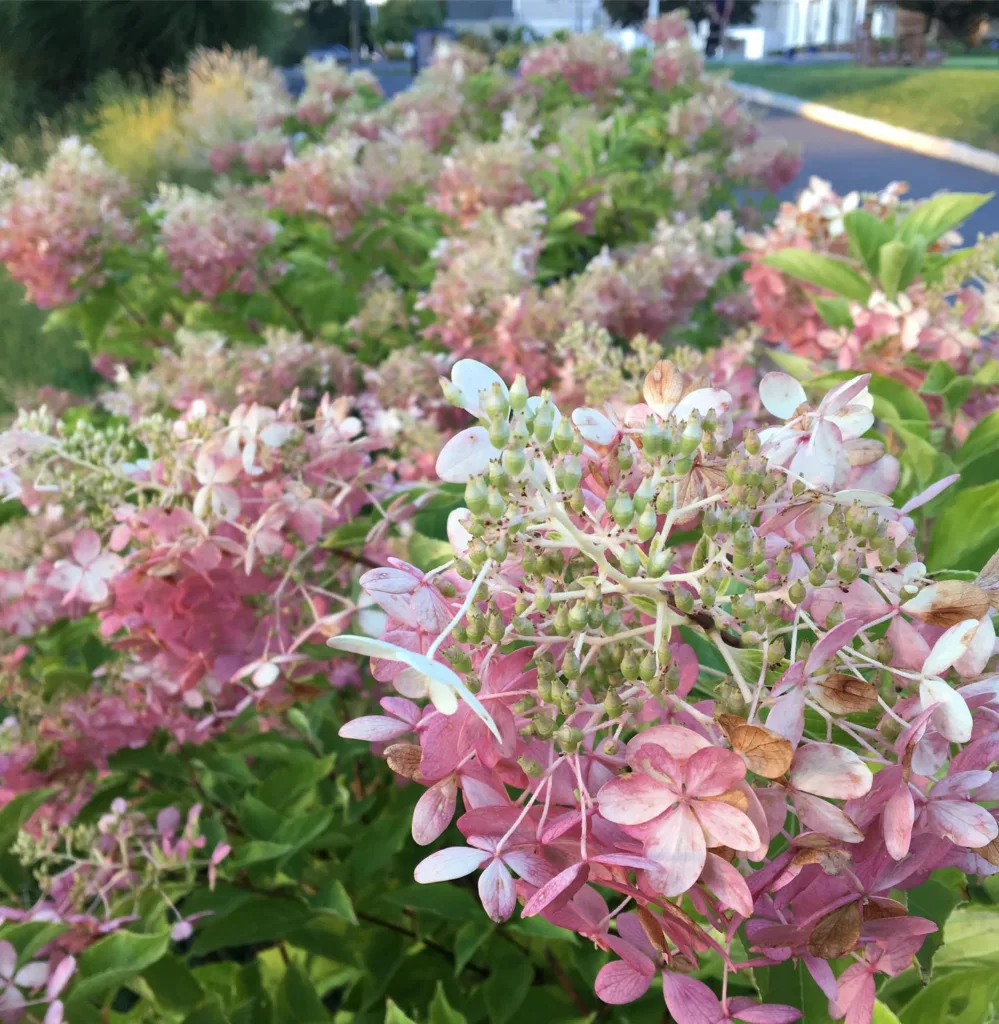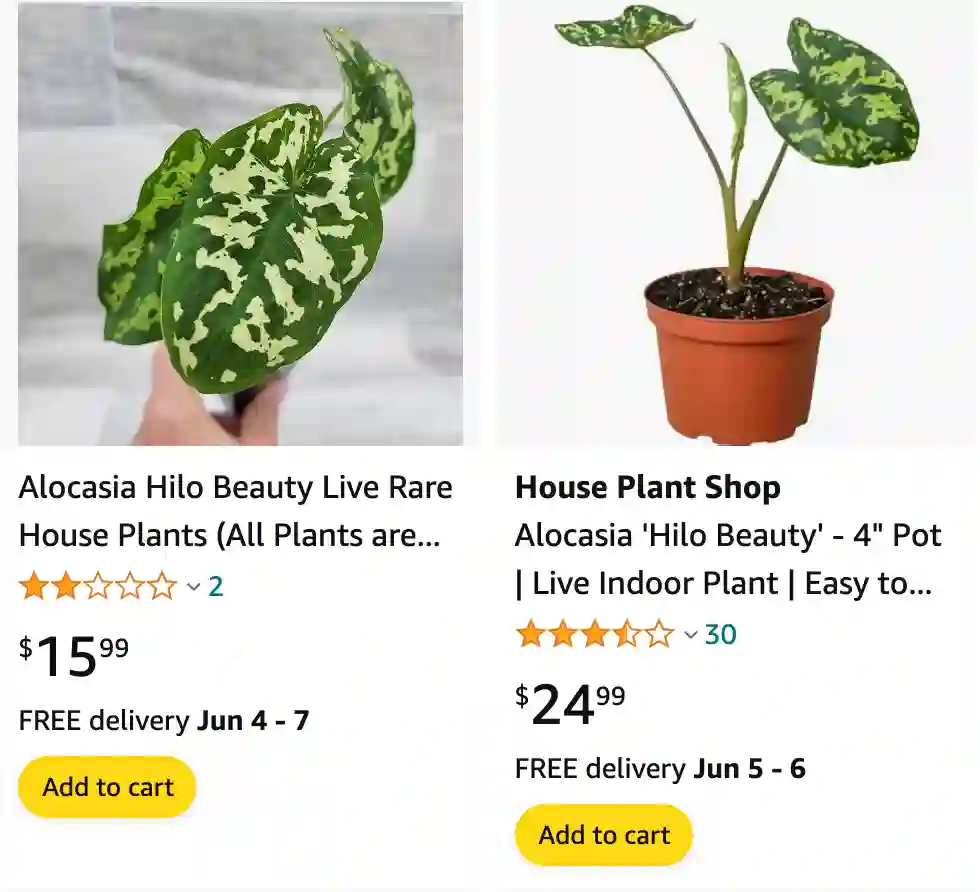
Unveiling the Mysteries of Alocasia Hilo Beauty
As a plant enthusiast, I’ve always been fascinated by the exotic and diverse world of tropical plants. One such plant that has recently captured my attention is the Alocasia Hilo Beauty. With its striking foliage and unique appearance, it’s no wonder this plant has become a favorite among indoor gardeners. Let me share my journey and insights into the captivating Alocasia Hilo Beauty.
90 Species in Genus Alocasia – Elephant Ears
Is Hilo Beauty Caladium or Alocasia?
The first time I encountered the Hilo Beauty, I was perplexed. Its foliage, with bold, variegated patterns, bore a resemblance to both Caladium and Alocasia species. This led me to delve deeper into its classification. Despite the common confusion, the Hilo Beauty is indeed an Alocasia. Alocasia plants are known for their dramatic leaves and tropical allure, and the Hilo Beauty is no exception. Its stunning, heart-shaped leaves with intricate white and green patterns set it apart from the more common Caladium, which typically has a different vein structure and leaf texture.
What Makes Alocasia Hilo Beauty Unique?
Alocasia Hilo Beauty stands out due to its distinctive variegation and robust growth habit. Each leaf appears as if painted with broad, creamy strokes against a lush green backdrop, creating a visual masterpiece. Unlike other Alocasias that may have more subtle coloration, the Hilo Beauty’s bold patterns make it a focal point in any plant collection. The plant’s upright, arrow-shaped leaves add a structural element to indoor gardens, making it a popular choice for those looking to add a touch of tropical flair to their homes.
How to Care for Alocasia Hilo Beauty?
Caring for Alocasia Hilo Beauty can be a rewarding experience if you understand its needs. Here are some essential care tips:
Light
Alocasia Hilo Beauty thrives in bright, indirect light. Too much direct sunlight can scorch the leaves, while too little light can cause the plant to lose its vibrant variegation. I’ve found that placing it near a north or east-facing window works best.
Watering
This plant prefers a consistently moist environment but is sensitive to overwatering. Allow the top inch of soil to dry out between waterings. I usually water my Hilo Beauty when the soil feels slightly dry to the touch, ensuring that the pot has good drainage to prevent water from pooling.
Humidity
Being a tropical plant, the Hilo Beauty loves high humidity. I keep mine in a room with a humidity level of around 60-70%. Using a humidifier or placing the plant on a pebble tray filled with water can help maintain the necessary humidity levels.
Temperature
Alocasia Hilo Beauty prefers temperatures between 65-75°F (18-24°C). It’s essential to protect it from cold drafts and sudden temperature changes, as these can stress the plant.
Soil
A well-draining, peat-based soil mix works best for Alocasia Hilo Beauty. I use a mix designed for aroids, which typically includes peat, perlite, and orchid bark to ensure good drainage and aeration.
How to Propagate Alocasia Hilo Beauty?
Propagating Alocasia Hilo Beauty can be an exciting way to expand your plant collection. The most effective method is through division. Here’s how I do it:
- Remove the Plant: Carefully remove the plant from its pot, ensuring you don’t damage the roots.
- Identify Rhizomes: Look for the rhizomes, which are horizontal stems that grow underground and produce new shoots and roots.
- Divide the Rhizomes: Using a clean, sharp knife, divide the rhizomes, ensuring each section has at least one growing point and some roots.
- Replant: Plant each division in a separate pot with fresh soil. Water lightly and keep the new plants in a warm, humid environment to encourage growth.
What to Plant with Alocasia Hilo Beauty?
Pairing Alocasia Hilo Beauty with other tropical plants can create a lush, vibrant display. I like to combine mine with plants that have contrasting leaf shapes and colors. Some great companions include:
- Philodendron Brasil: Its trailing vines and variegated leaves complement the Hilo Beauty’s upright, patterned foliage.
- Calathea Medallion: Known for its striking leaf patterns, it adds a different texture and color, enhancing the visual appeal.
- Monstera Deliciosa: The large, fenestrated leaves of the Monstera provide a dramatic backdrop, highlighting the Hilo Beauty’s unique form.
Common Problems and Solutions
Like any plant, Alocasia Hilo Beauty can face issues. Here are some common problems and how to address them:
Yellowing Leaves
Yellowing leaves can be a sign of overwatering or poor drainage. Ensure the soil is well-draining and adjust your watering schedule.
Brown Leaf Edges
Brown edges often indicate low humidity. Increase the humidity around the plant by using a humidifier or a pebble tray.
Pests
Spider mites and aphids can sometimes infest Alocasia Hilo Beauty. Regularly inspect your plant and treat any infestations promptly with insecticidal soap or neem oil.
Embracing the care and beauty of Alocasia Hilo Beauty has been a delightful journey for me. Its stunning foliage and unique presence make it a standout in my plant collection. With the right care and attention, this tropical gem can thrive and bring a touch of exotic elegance to any home.
If i die, water my plants!
